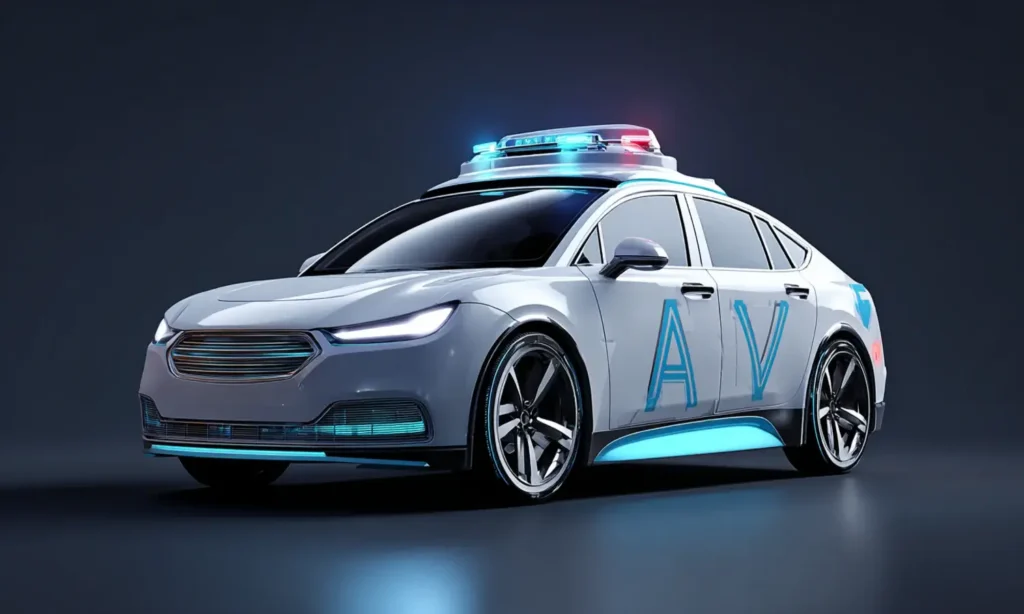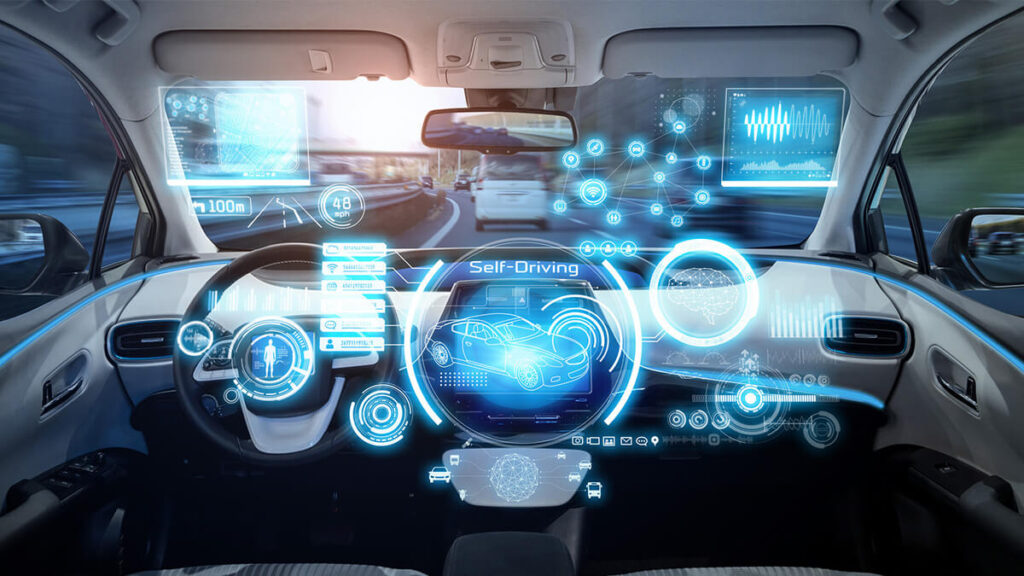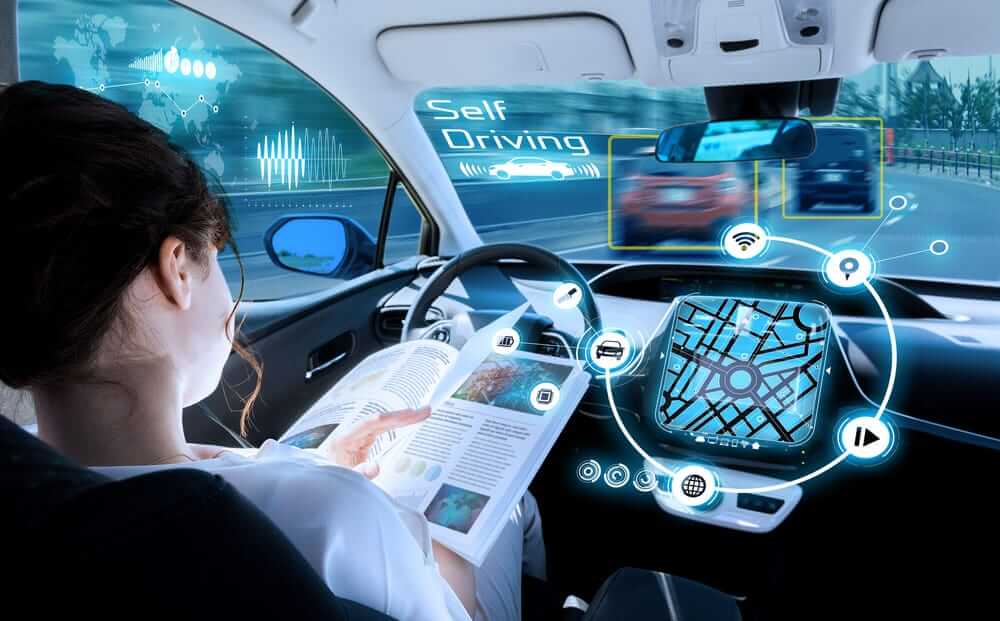The autonomous vehicle (AV) industry is shifting gears fast, and 2025 is shaping up to be a breakthrough year. As global competition intensifies and technology matures, several key players are emerging as leaders in self-driving innovation. These brands are not only redefining personal and commercial transportation but also shaping the future of mobility, safety, and sustainability.
Here are the top 5 autonomous vehicle brands to watch in 2025—each pushing the boundaries of AI, automation, and on-road performance.
Introduction to the Autonomous Vehicle Market
The global AV market is projected to surpass $800 billion by 2030, driven by breakthroughs in AI, edge computing, and sensor technology. In 2025, many companies are transitioning from pilot testing to commercial deployment, especially in ride-hailing, last-mile delivery, and smart city transport.
What sets the leading AV brands apart is their ability to scale, ensure safety, and integrate seamlessly into daily urban life.
What Makes a Top AV Brand in 2025?
Top autonomous vehicle companies in 2025 share a few key attributes:
- ✅ Mature Tech Stack: Proven hardware and software integration
- 📊 Extensive Road Testing: Millions of autonomous miles in real-world environments
- 🤝 Strategic Partnerships: Collaborations with OEMs, cities, and tech firms
- 🧾 Regulatory Readiness: Compliance with safety and reporting standards
- 🚖 Deployment Plans: Active or planned public-facing services
Brand 1: Waymo (Alphabet)
Headquarters: Mountain View, California
AV Level: 4
Focus: Ride-hailing and autonomous logistics
Why It’s a Leader:
Waymo, Google’s self-driving car project turned independent Alphabet subsidiary, has logged over 20 million miles on public roads and tens of billions more in simulation. Its Waymo One ride-hailing service in Phoenix operates with no human drivers.
Tech Highlights:
- Custom-built Waymo Driver software
- In-house LiDAR, radar, and camera systems
- Advanced AI perception and behavioral prediction
Waymo is leading the charge in commercial robotaxis and is now expanding into autonomous trucking (Waymo Via).
Brand 2: Tesla (FSD Beta Program)
Headquarters: Austin, Texas
AV Level: 2–3 (targeting 4+)
Focus: Consumer vehicles with autonomous capabilities
Why It’s a Leader:
Tesla’s vision-based approach to autonomy is both bold and controversial. Unlike others, Tesla avoids LiDAR and instead relies on eight cameras, neural nets, and real-world driving data collected from its global fleet.
Tech Highlights:
- Full Self-Driving (FSD) Beta rolling out to over 400,000 users
- Over-the-air software updates
- Dojo supercomputer for training driving models
Tesla’s approach hinges on rapid iteration and machine learning at scale, making it a unique force in the AV race.
Brand 3: Cruise (Backed by General Motors)
Headquarters: San Francisco, California
AV Level: 4
Focus: Autonomous urban ride-hailing
Why It’s a Leader:
Cruise, a subsidiary of GM, has received regulatory approval to operate commercial autonomous taxis in San Francisco and Austin. It plans to scale its fully electric AV fleet across major U.S. cities.
Tech Highlights:
- Cruise Origin: purpose-built, steering wheel-free robotaxi
- Safety-first AI with redundancies in every system
- Close integration with GM manufacturing and logistics
Cruise is one of the most well-funded AV startups, with backers including GM, Honda, and Microsoft.
Brand 4: Mobileye (Intel Subsidiary)
Headquarters: Jerusalem, Israel
AV Level: 2–4
Focus: ADAS, AV software licensing, robotaxis
Why It’s a Leader:
Mobileye has supplied advanced driver assistance systems (ADAS) to over 100 million vehicles globally. In 2025, it’s leading the charge with EyeQ chips, REM mapping, and robotaxi pilot programs in Europe and Israel.
Tech Highlights:
- REM (Road Experience Management) for HD map crowdsourcing
- EyeQ6H chip designed for L4 automation
- Self-driving as a platform (SDaaP) for auto manufacturers
Mobileye’s licensing model means it powers multiple AV brands—even some competitors.
Brand 5: Baidu Apollo (China)
Headquarters: Beijing, China
AV Level: 4
Focus: Robotaxis, logistics, smart city infrastructure
Why It’s a Leader:
Baidu’s Apollo Go service is the largest robotaxi operator in China, with over 2 million rides completed. Backed by years of R&D and strong government collaboration, Baidu is a key player in China’s smart transportation ecosystem.
Tech Highlights:
- AI stack integrating LiDAR, 5G, V2X
- Urban AV testing in 10+ Chinese cities
- Real-time traffic data fusion from municipal systems
Baidu is spearheading autonomous urban mobility and developing AV solutions for both private and public transit.
Rising Contenders in the AV Space
These brands are not far behind and deserve attention:
- Aurora: Focused on freight and logistics AV with Uber and FedEx partnerships
- Zoox (Amazon): Building fully autonomous shuttles with futuristic design
- Motional (Hyundai + Aptiv): AV service pilots in Las Vegas and LA
- Nuro: Compact delivery AVs for last-mile logistics
- Pony.ai: China-based AV company with testing in both the U.S. and China
These companies may soon challenge the top five.
Key Technologies Used by These Brands
| Technology | Purpose |
|---|---|
| LiDAR | 3D mapping and obstacle detection |
| Computer Vision | Object recognition and lane detection |
| HD Mapping | High-resolution localization and routing |
| Edge Computing | Real-time data processing inside the vehicle |
| AI Prediction Models | Behavior forecasting for other road users |
Each brand combines these technologies differently depending on their strategy and region.
Challenges Still Facing Autonomous Vehicle Brands
While technology is advancing, widespread AV deployment still faces significant hurdles:
🚧 Key Challenges:
- Regulatory Variability: Different cities and countries have varying rules for AV testing and deployment.
- Public Trust and Safety Perception: High-profile accidents have led to skepticism about AV readiness.
- High Costs: Developing and testing AVs requires billions in R&D and infrastructure.
- Edge Cases: Unpredictable human behavior, unusual road scenarios, and weather conditions are still difficult to solve.
- Urban Infrastructure Limitations: AVs perform better in cities with well-marked roads and smart infrastructure.
Solving these challenges will require not just innovation but collaboration between tech firms, governments, and communities.
How These Brands Are Shaping Urban Mobility
The top AV brands are not just focused on vehicles—they’re helping build entire mobility ecosystems. Here’s how:
- Smart City Integration: Cruise and Baidu are working with city planners to integrate AVs into traffic management and public transport systems.
- Reduced Traffic Congestion: AVs can maintain optimal speed and distance, reducing bottlenecks.
- Accessibility: Self-driving vehicles offer mobility solutions for the elderly, disabled, and non-drivers.
- Sustainability: Most robotaxis are electric, contributing to lower emissions and greener urban environments.
The result is a shift from car ownership to mobility-as-a-service (MaaS)—on-demand, efficient, and intelligent transportation.
Investment and Market Outlook Through 2030
The autonomous vehicle industry is seeing strong investor interest, driven by long-term growth potential.
📈 Market Trends:
- The AV market is expected to exceed $800B by 2030.
- Cruise, Mobileye, and Waymo have raised over $20B combined in funding.
- IPOs and SPAC mergers continue to fuel the industry (e.g., Aurora, Mobileye).
- Automakers are partnering or acquiring AV startups to accelerate internal innovation.
Enterprise and government use cases (logistics, defense, municipal transport) will be critical to monetization in the near term.
Conclusion
The race to autonomy is no longer about who can build a driverless car—it’s about who can scale it safely, affordably, and ethically. The top 5 brands listed here—Waymo, Tesla, Cruise, Mobileye, and Baidu Apollo—are leading not just in technology, but in business models, public adoption, and smart city integration.
As we move deeper into 2025 and beyond, these companies will shape how we commute, deliver goods, and design cities. Watch this space—because the future of driving is not just autonomous, it’s intelligent.


